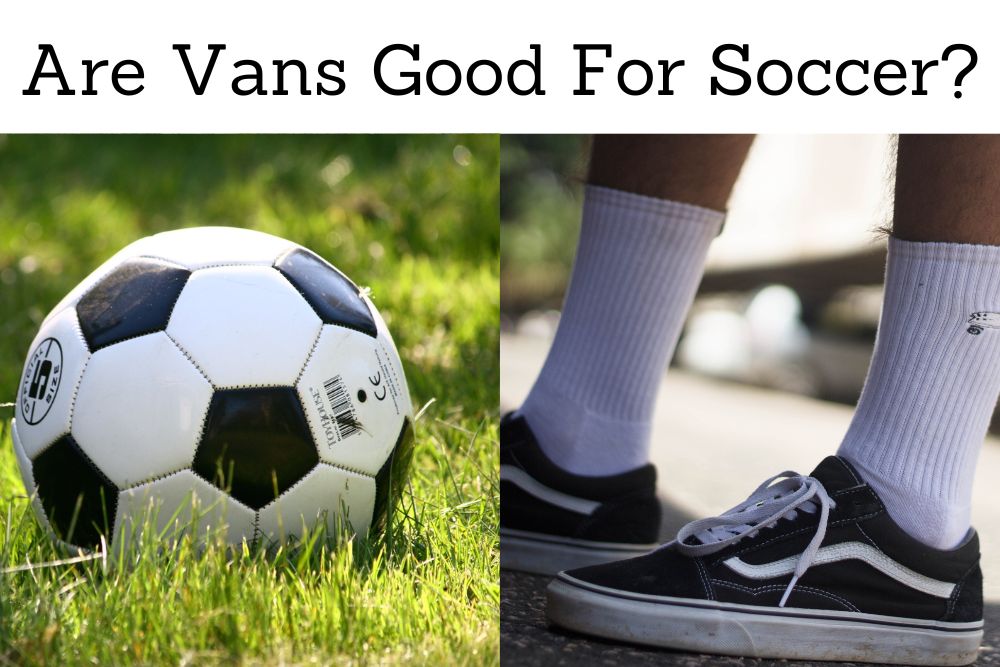The soccer pitch is a very competitive arena in which you must check most of the boxes to compete effectively. Aside from applying the right skills, energy, and level of commitment to the sport, your dressing pattern must also match that of other players.
Key Takeaways
- Vans footwear was initially designed for skaters and not for other kinds of athletes
- Soccer laws don’t stop players from wearing any particular type of footwear during soccer activities
- Because Vans absorb water easily, they can get heavier and uncomfortable when used for playing soccer
In soccer, both the playing surface and your equipment must be right—nothing should be left to chance. One wrong gear can lead to the premature end of your soccer career.
Although soccer can be played practically anywhere by anybody wearing anything, professional soccer isn’t child’s play. It is a self-motivated activity that involves lots of sprinting, dribbling, kicking, and turns which necessitates the use of the right kind of footwear to successfully execute.
Since many young Americans, especially skaters, have fallen in love with wearing Vans, they may be tempted to start using them for soccer as the popularity of the game grows in the country.
Before wearing any type of shoe to the pitch, it is crucial to make sure they provide adequate protection, fit, and comfort. The absence of one of those properties will have a negative impact on the way you play—and can even lead to injuries.
What does the law say about the use of Vans for soccer? What are the properties of Vans and how will they likely affect a soccer player? Keep reading to find out the answer to these questions.
Quick Navigation
Are Vans good for soccer?
The laws regulating soccer don’t restrict soccer players from wearing a particular type of shoe for their games. The only exception is in cases where the type of soccer forbids the use of footwear entirely—like in beach soccer.
Well, you probably know this already which is why you want to know if Vans are good for soccer. The simple answer to that question is that it depends on the type of soccer.
If you ask that question as a fan of association football, the answer is no. Vans are not good for association football because of the nature of the playing surface.
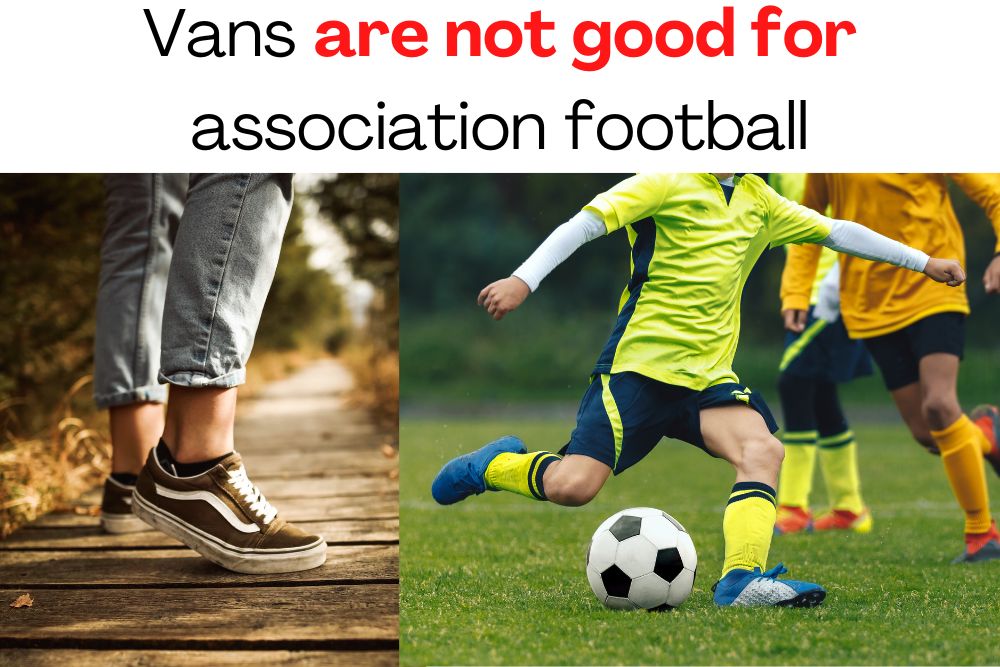
However, if you are a fan of indoor soccer, you will probably have no problem playing with Vans when the surface is marbled or polished wood. It may still not be a good idea when playing on AstroTurf.
Vans footwear is designed to be stylish, comfortable, and durable. They are made for skaters, snowboarders, and other extreme sports athletes. These shoes were born into reality through the creative minds and craftsmanship of two brothers—Jim Van Doren and Paul Van Doren—in 1966.
Due to their grippy rubber soles, Vans provide adequate traction for skateboarding and snowboarding. This feature also means they can be used in playing indoor sports like futsal usually played on hard surfaces like concrete and polished wood.
Playing soccer on grass turfs usually requires the use of shoes that offer adequate traction and grip on their surfaces. Such footwear must be able to provide an adequate level of ball control and balance to players on the pitch.
Vans have become a cool fashion accessory, but are they cool for soccer? We will evaluate them based on safety, ankle support, comfort, and traction.
Safety
For safety concerns, it is always recommended that when you are participating in any sport you should wear only shoes made for that sport. This is because manufacturers optimize shoes for safety and performance for the sport they are made for.
Since Vans are usually designed for casual use, they aren’t equipped with the right components that can absorb expected shocks and strain usually experienced on the soccer pitch. Using them for outdoor soccer will increase your chances of getting injured.
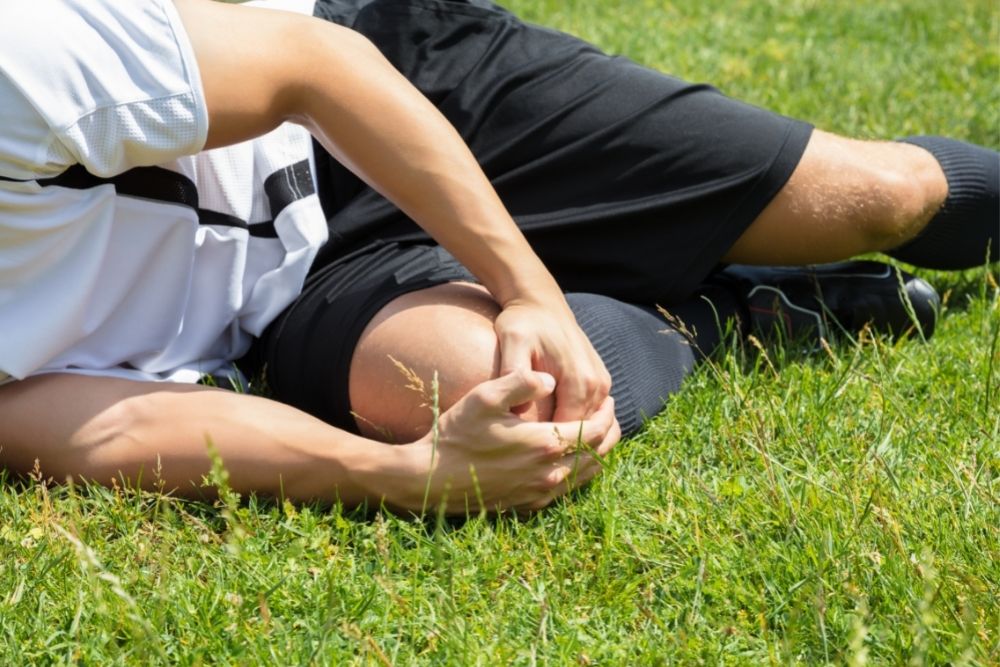
Also, because they are not optimized for playing outdoor soccer, they will likely disintegrate after short use. You will find yourself running to the shop to purchase a new pair every few weeks if you use them for soccer.
Stability and support
Vans don’t offer adequate arch support which is a necessary feature in soccer shoes. They are also stiff which can make it harder for a soccer player to accelerate or reach their top speed.
Leaving your ankle exposed in soccer can increase your chance of ankle sprain or twist. It is not surprising that soccer players choose cleats with ankle support or sock collar.
Most soccer players prefer using mid-to-low-top shoes for improved mobility on the pitch. When Vans is the last option, we recommend taping your ankle.
However, since Vans are already heavy, taping will further increase the weight on your legs which will make it harder for you to run. There is no point going through the stress of taping when you can get the right soccer cleats.
Comfort
Vans might not be suitable for playing soccer outdoors because they are made with materials that absorb water easily. When they absorb water, they will eventually become heavier and uncomfortable to wear.
It is also important to consider the fact that Vans aren’t as flexible as soccer shoes which is why they can easily give you blisters when used. Soccer requires shoes that are flexible and breathable for added comfort on the feet.
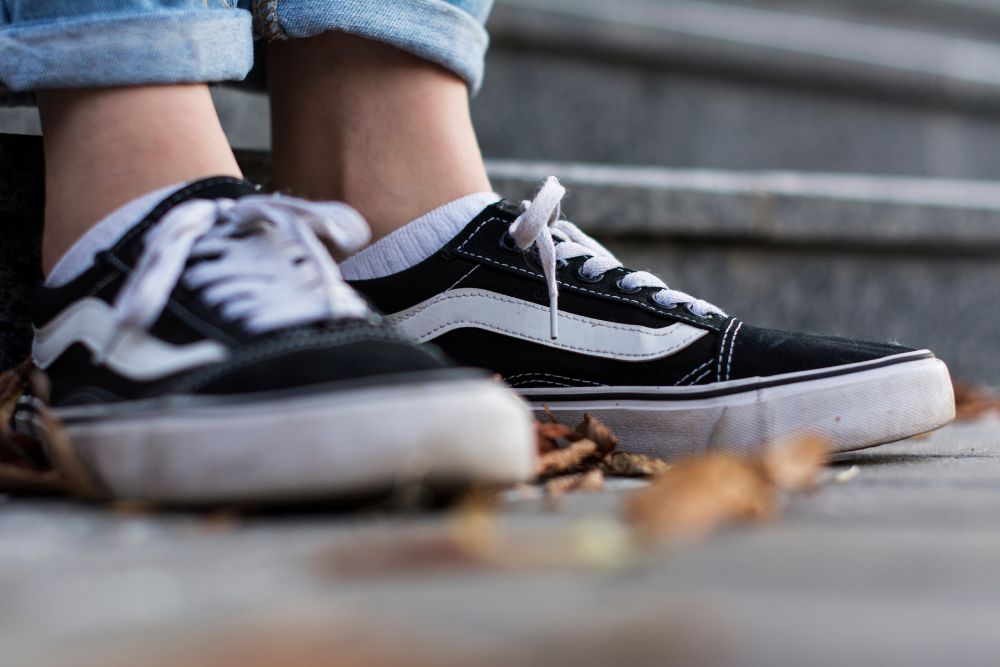
Ultimately, it will be difficult for you to reach your maximum potential on the soccer pitch if your choice of footwear is not comfortable.
Traction
Vans have flat vulcanized soles which will not offer adequate traction when playing on grass. On a polished wood court, the vulcanized soles can literally stick to the surface and give you adequate traction.
It is a different case on the grass where the soles cannot stick to the surface. Shoes made for playing soccer on natural grass or AstroTurf usually come with either plastic or rubber studs attached to the soles for added traction.
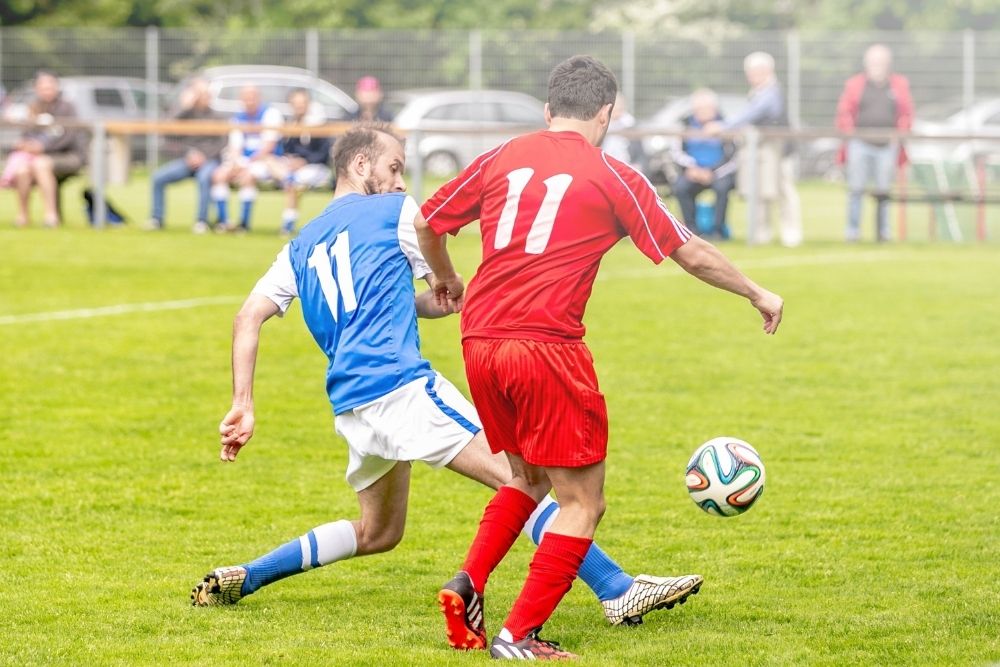
The rubber studs can dig into the ground, making it easier to change direction on the pitch without losing their balance. Soccer involves the frequent irregular change of directions. The right shoes for soccer should be able to make these movements easier for players.
Ball Control
Vans mostly consist of a fabric upper without the embossed texture that you will get with most soccer cleats. In other cases, the upper of Vans are thicker compared to soccer cleats.
This makes it harder for soccer players to feel the ball like they would when rocking professional soccer cleats. According to studies, soccer players have better ball control and pass or shot accuracy when they have a better feel of the ball.
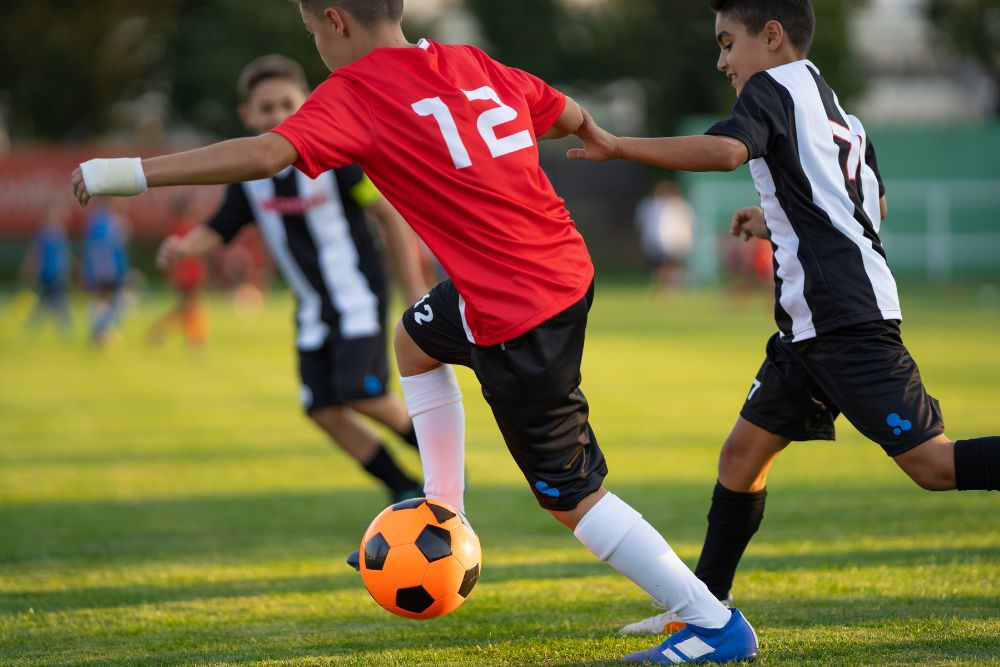
Also, Vans are designed to have flat and round toes which are in sharp contrast to soccer cleats with tapered toes. The tapered toes of soccer cleats make it easier to move the ball around from the inside to the outside of the foot with ease or to pick up the ball from the ground.
The tapered nature of soccer cleats sort of guides the ball during trapping so that it drops where the soccer player wants it to. Those fast-paced maneuvering may be difficult with Vans.
Conclusion
Soccer, particularly association football, is a demanding sport that involves lots of sprinting, kicking, dribbling, and turning. Therefore, it requires the use of cleats that offers the traction and stability that makes the execution of these skills possible.
Cleats for playing soccer are usually made with leather and a combination of other durable synthetic materials to give soccer players adequate control and protection.
Before using Vans for playing soccer, consider the playing surface. If the playing surface is marble, concrete, or polished wood, you may safely use Vans—although you may still face speed limitations because of the heavier size of the shoes.
For casual soccer players that enjoy the game for the fun of it, the choice of footwear may not be a problem. However, those that want to take soccer as a career need to be more careful with their choices.
Hi there, I’m Jay.
Soccer is everything in my life! My friends and I have created this blog with all our enthusiasm, passion, and understanding after years of playing pro soccer. Hope you will enjoy it!
